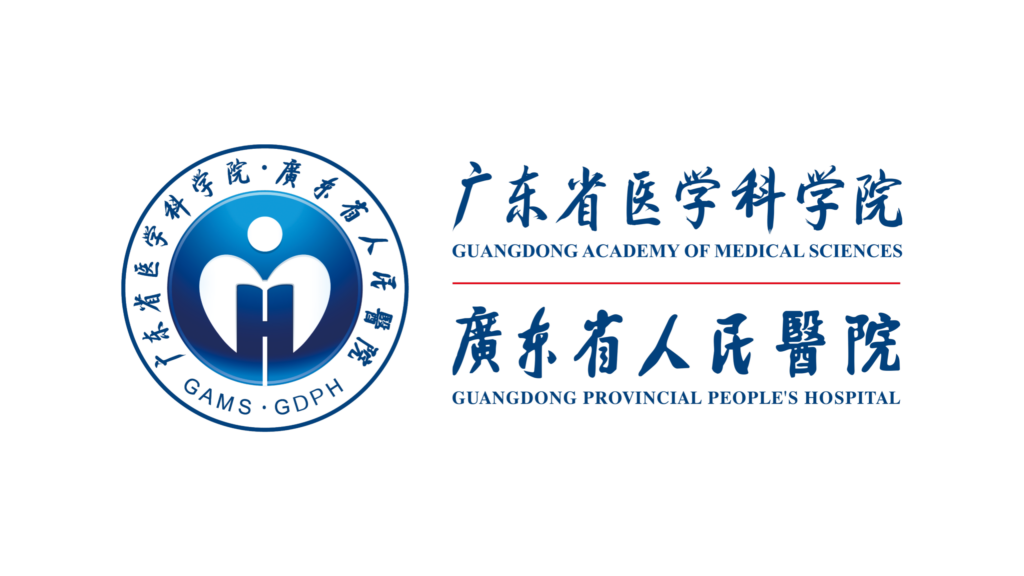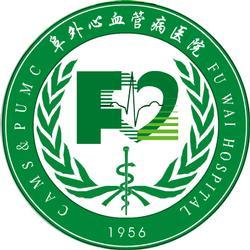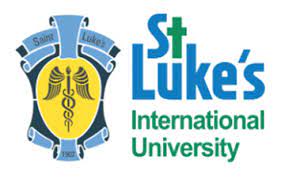Dr. Serruys and Dr. Revaiah from CORRIB Research Centre for Advanced Imaging and Core Laboratory, University of Galway, Galway, Ireland wrote this excellent Editorial on the DECISION-QFR trial published in EuroIntervention by Dr. Asano. Dr. Serruys and Dr. Revaiah extensively describe the history and the values of the various Syntax scores. In the DECISION QFR trial, the mean predicted 10-year mortality risks after PCI, derived from the QFR-based SSII (SSIIQFR) and FFR-based SSII (SSIIFFR), were 35.0±20.8% and 35.2±20.9%, respectively. They also summarized the multiple already extensive arsenal of QFR. The authors expect that the parameters derived from QFR (preprocedural QFR, PPGi, QFR gradient per unit length [dQFR/ds], post-PCI QFR, etc.) can ultimately be incorporated in machine learning risk models to predict clinical outcomes.




